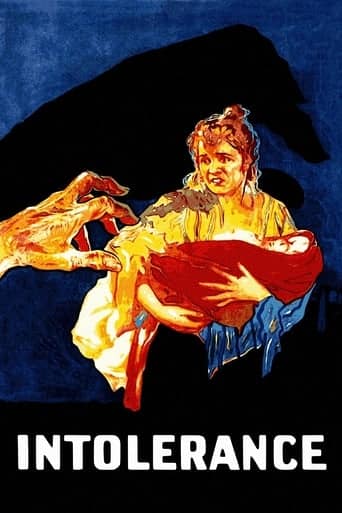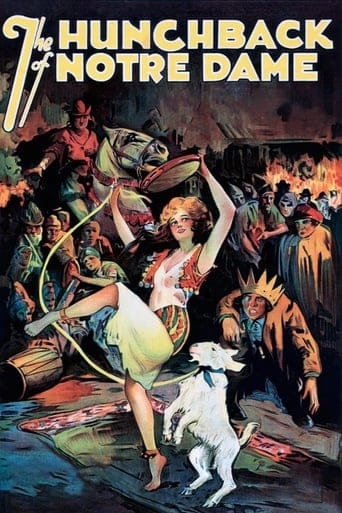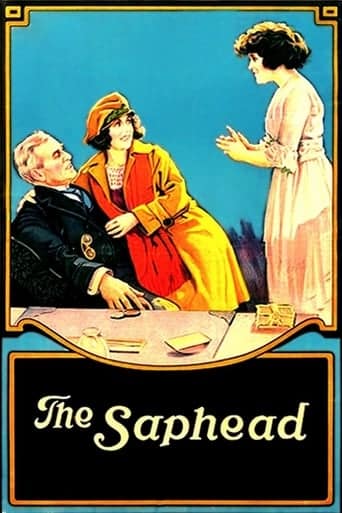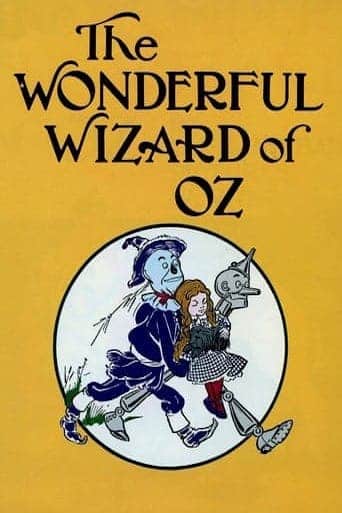Intolerance (1916)

 “Intolerance” is a landmark silent film directed by American filmmaker D.W. Griffith, released in 1916.
“Intolerance” is a landmark silent film directed by American filmmaker D.W. Griffith, released in 1916.
The film is a sprawling and ambitious work that weaves together four separate historical and narrative threads, exploring themes of intolerance, social injustice, and the human condition. “Intolerance” is notable for its innovative storytelling, technical achievements, and its role in shaping the language of cinema during the early 20th century.
One of the most remarkable aspects of “Intolerance” is its narrative structure. The film intercuts between four different stories from different historical periods: the fall of Babylon, the Crucifixion of Christ, the St. Bartholomew’s Day Massacre in 16th-century France, and a modern-day story of social injustice in America. These parallel narratives are held together by the theme of intolerance, illustrating the destructive consequences of prejudice, discrimination, and persecution across different eras.
The narrative complexity and intercutting of stories was a pioneering technique at the time and showcased D.W. Griffith’s innovative storytelling abilities. To create a seamless transition between the historical periods, Griffith utilized innovative editing techniques, including cross-cutting, to build suspense and draw thematic connections between the storylines. This technique had a profound influence on the future of filmmaking.
The film’s technical achievements extended to its set design and special effects. The recreation of ancient Babylon is particularly notable, featuring massive and intricate sets that represented one of the earliest examples of epic production design in cinema. These sets and the film’s innovative use of visual effects were groundbreaking for their time and added to the spectacle of the film.
“Intolerance” is also known for its use of a large ensemble cast, with Lillian Gish, Mae Marsh, Robert Harron, and Constance Talmadge among the prominent actors. Griffith’s emphasis on character development and emotionally engaging performances was a hallmark of his work and is evident in this film.
While “Intolerance” is celebrated for its groundbreaking achievements, it was not without controversy. The film faced criticism and backlash due to its portrayal of different ethnic and religious groups, particularly in the Babylonian sequence. The film’s artistic merits have often been weighed against the controversy it generated.
Despite the controversies, “Intolerance” remains an essential work in the history of cinema. It was a bold and ambitious project that pushed the boundaries of filmmaking, both in terms of narrative complexity and technical innovation. It contributed significantly to the development of the cinematic language, particularly in the use of cross-cutting and parallel storytelling.
In conclusion, “Intolerance” (1916) is a pioneering and ambitious silent film directed by D.W. Griffith. The film weaves together four parallel narratives from different historical periods to explore the theme of intolerance. It is celebrated for its innovative storytelling techniques, technical achievements, and ensemble cast. While not without controversy, “Intolerance” played a significant role in shaping the language of cinema and remains a seminal work in the history of film.
Release Date: September 5th, 1916
Main Cast Members
Lillian Gish (The Woman Who Rocks the Cradle)
Mae Marsh (The Dear One)
Robert Harron (The Boy)
F.A. Turner (The Girl’s Father)
Sam De Grasse (Arthur Jenkins)
Vera Lewis (Mary T. Jenkins)
Lillian Langdon (Mary, the Mother)
Olga Grey (Mary Magdalene)




